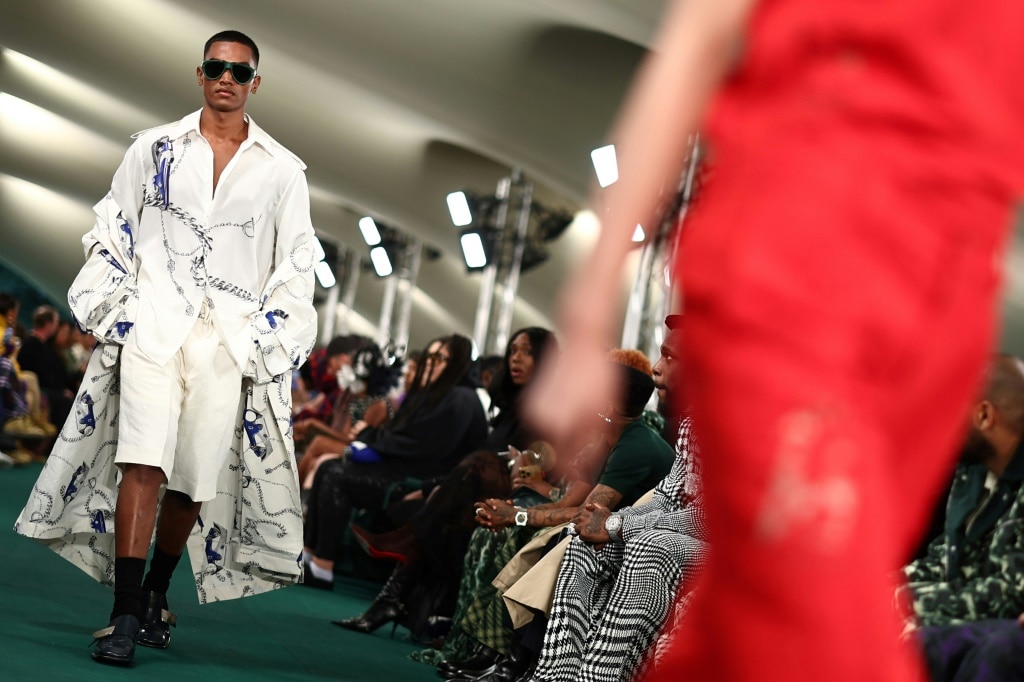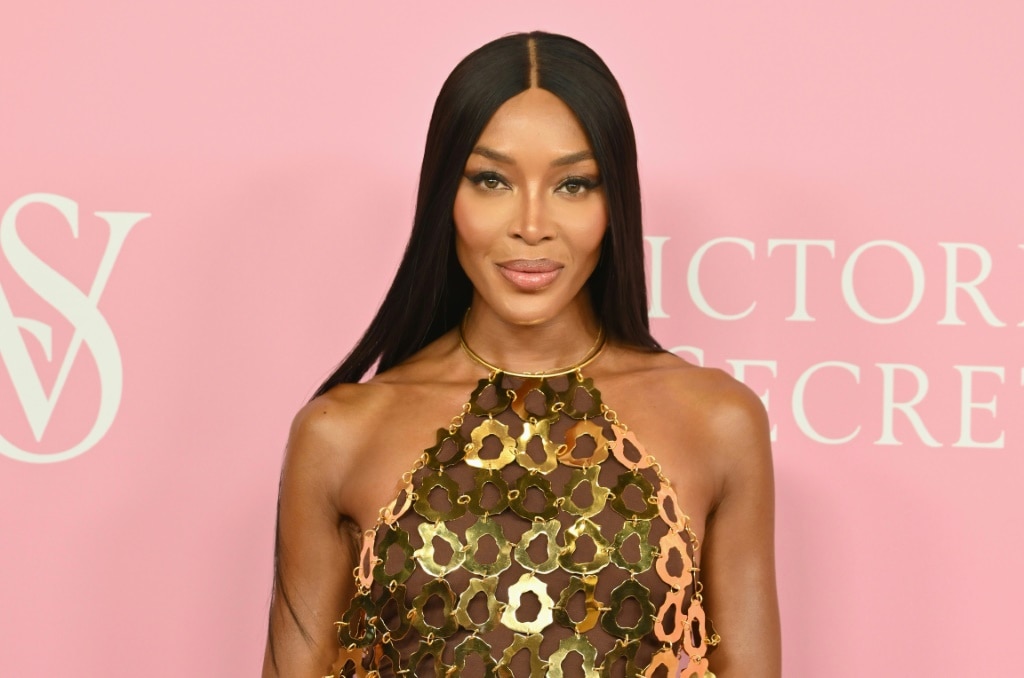François Nars on models, make-up and the original influencers
In an era when make-up artists are mega-stars helming billion-dollar cosmetic brands, François Nars not only ticks that box but is also turning his talents to film.
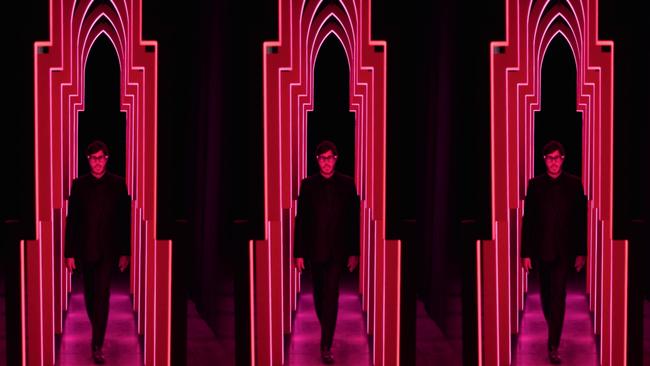
This film is not a documentary, but a document.” Actress/narrator Charlotte Rampling’s declaration two minutes into Unknown Beauty is an obscure statement to open a 90-minute documentary that’s a deep dive into the life and visionary mind of make-up maestro François Nars. But it’s also hugely telling.
Something the notoriously private founder and creative director of Nars Cosmetics stands by. “When my team first suggested we do a documentary on my life, I told them straight away I wouldn’t be standing or sitting in front of a camera and talking about myself,” he declares, his voice deep, rich and Gallic-inflected. “No one cares what I eat, where I go, where I holiday; I didn’t want that. Absolutely not! I wanted this to be educational for younger generations.
To expose them to visuals of what I consider to be beautiful – this world that’s hugely important to me. What helped get me to where I am today, helped build the brand, helped me to be a photographer and helped me create make-up. Then once you start to analyse everything, it starts to dawn who I am. I thought that would stick with people.”
It’s 10.15am on a 29-degree sun-soaked morning in the south of France and the French-born make-up mogul is in holiday mode. (Or at least he will be after this Facetime interview with WISH wraps). More history-lesson-in-cinema-and-fashion than biological sketch, the film is now streaming in the US on Apple TV and Prime Video, an entrée in the lead-up to the brand’s 30th anniversary.
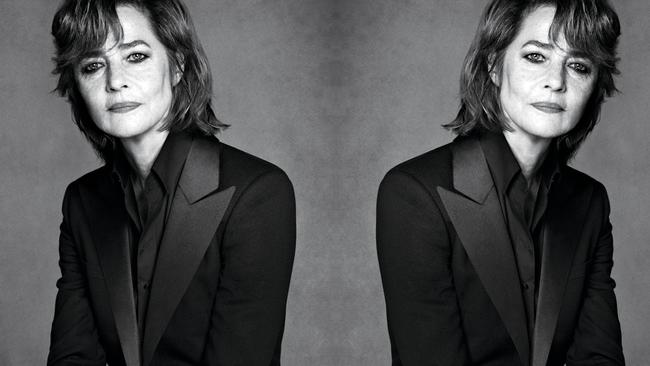
Three decades is a serious coup when you consider the 64-year-old was in that first nineties wave of celebrity make-up artists (Kevyn Aucoin, Bobbi Brown, Laura Mercier) who stepped out from behind the scenes to become stars, launching eponymous brands. His debut collection of 12 lipsticks that rolled out at Barneys New York in 1994 was a sell-out, the first of many smash hits. There was the peachy-pink Orgasm Blush; the Multiple in Copacabana highlighting stick; the intense red Dragon Girl Powermatte Lipstick; and the buildable Sheer Glow Foundation, to name just a few.
Although the company was sold in 2000 to Japanese beauty conglomerate Shiseido (with Nars famously buying a private French Polynesian island with a portion of the proceeds), its founder remained at the helm as creative director, building it to become the sixth best-selling prestige make-up brand in the US as of 2022 (according to industry data firm Circana), with sales growing 22 per cent year-on-year.
So why has the brand boomed while others of its era are floundering in what’s become an intensely competitive, digitally sophisticated and noisy environment? One in which influencers command power and buzz is built on TikTok. “The brand is strong because of the culture behind it,” Nars declares. “My vision of what beauty should be. I’ve had it since the day I started as a make-up artist. I knew what I liked and that’s stayed with me. I want the best quality and never compromise. We think the same way as big designers like Christian Dior and Coco Chanel did. They were difficult, extremely tough people when building their empire. And I’m not an easy person to work with either.”
Almost 80 per cent of the film, directed by the award-winning filmmaker Lisa Immordino Vreeland (who created celebrated documentaries about her relative Diana Vreeland and Peggy Guggenheim), is a moving library of movie clips, from Old Hollywood classics to French New Wave, a homage to the actresses who captivate Nars.
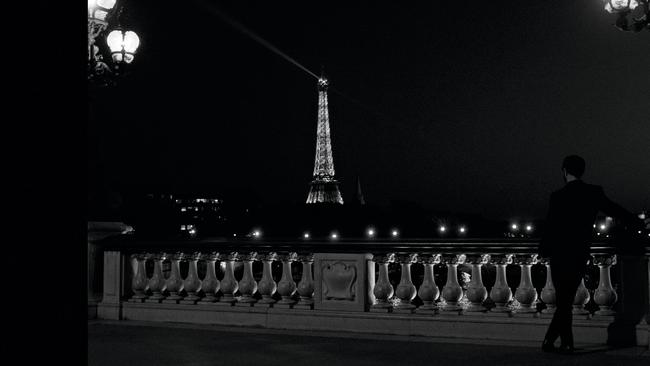
There are all the expected iconic film make-up moments starring Marlene Dietrich, Catherine Deneuve and Isabella Rossellini, but it’s when Nars moves on to Italian cinema that things get interesting. “Fellini would find the most incredible characters for his films, and I find this beauty fascinating. It’s strong personalities, and striking. I’m quite bored with anybody too conventional, too proper, too perfect. I like rebels.”
The transformative power of make-up is further explored in a collage of clips that include runway videos from Paris in the ’70s (“the models were spontaneous, sophisticated, and wild – there were so many girls I love. Pat Cleveland, Dayle Haddon, Jerry Hall”), an era he adored when he was living in Paris as an apprentice to famed make-up artist Olivier Echaudemaison. In 1984 he moved from Paris to New York – and that’s where the action kicks in.
It’s in these unfiltered fly-on-the-wall moments in the film that were originally recorded on his portable VHS camcorder in the late ’80s and early ’90s (the birth of the supermodel era), when Nars was working with photographer Steven Meisel, that you fully grasp the influence he has had on modern make-up. “I was doing a show with Calvin Klein and saw this girl who was tough,” he narrates. “I called Steven and said ‘I saw this girl and she had attitude’. It was Linda Evangelista. Her career was not going anywhere. She was about to quit. But we did a story for Vogue and that was it.
Naomi Campbell was so young – she’d just arrived from London. She was so shy but such a great performer. Extremely funny; she made us laugh so much. Christy Turlington was a wild little girl. Charming, but like the bad kid. She had a twisted side. Always ready to have fun. The perfect canvas to apply make-up on. I pushed them in this vision of beauty that was raw. I love breaking rules. Whenever I could shock, that was there. An element of surprise.”
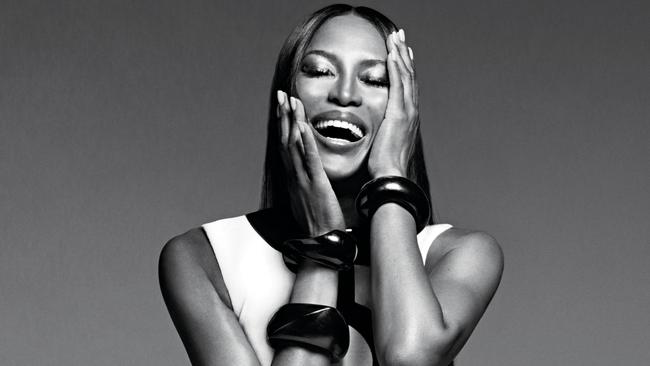
The film is undoubtedly a clever way for the brand to engage in a highbrow conversation with consumers without blatantly pushing product, but from the sound of things the production involved way more sleepless nights than anyone expected.
“It took four years!” Nars exclaims. “I enjoyed it and hated it at the same time. It was hard. Often, we’d get difficult answers back from movie production companies regarding clips we wanted to use, so the technicalities of approvals and money requests were frustrating. And nerve wracking! I’d ring Lisa and say, ‘I couldn’t sleep last night! We forgot about this! We need to add this!’ It became an obsession. At a certain point I think Lisa may have lost her mind.”
Also covered is Nars’s gradual transition into photography, with his work appearing in American Vogue, Harper’s BAZAAR, Italian Vogue and Vanity Fair; as well as seven books featuring everything from portraiture (X-Ray, 1999; and Persona, 2021) to landscapes (Faery Lands, 2013). “[Photography is] the same gesture as applying make-up,” he says. “I love to please people and make them happy. Doing make-up or photography, you’re giving love to the people.”
So, who can be credited for nurturing this creative bent? “My father collected photography books and I believe a huge part of my education came from my parents,” he reflects. “They were big movie lovers who adored cinema – and that exaltation cinema brings is always very present in my creative universe. My mother Claudette had incredible style and I was sensitive to the fashion world at an early age: I was flipping through Vogue magazines as an eight-year-old. My grandmother would play opera when I was with her. Parents should be responsible for educating their kids. It’s not just about sending them to school for mathematics, it’s about showing them how to become sensitive to beauty. Kids now are just absorbing what they see on TikTok.”
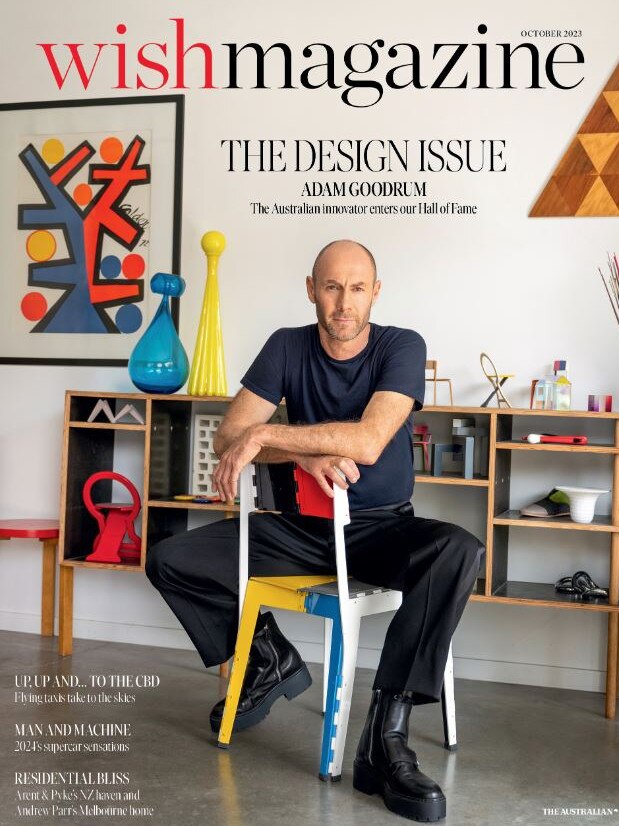
“Women like Paloma Picasso: they were the true ‘influencers’,” he adds. “They knew about style and could find pieces in flea markets and throw them together. The younger generation today associates elegance with designers and luxury houses, thinking it comes from covering yourself in 10 brands. [Beauty’s] become money related and that’s sad that people think all you need are expensive things.”
Whether the film is enough to convince Gen Z otherwise remains to be seen, but given the hashtag #narscosmetics has more than 135 million views on TikTok, maybe Nars doesn’t even need to try.
Unknown Beauty is streaming now on Apple TV.
This story appears in the October issue of WISH Magazine, out now.


